Premium Only Content
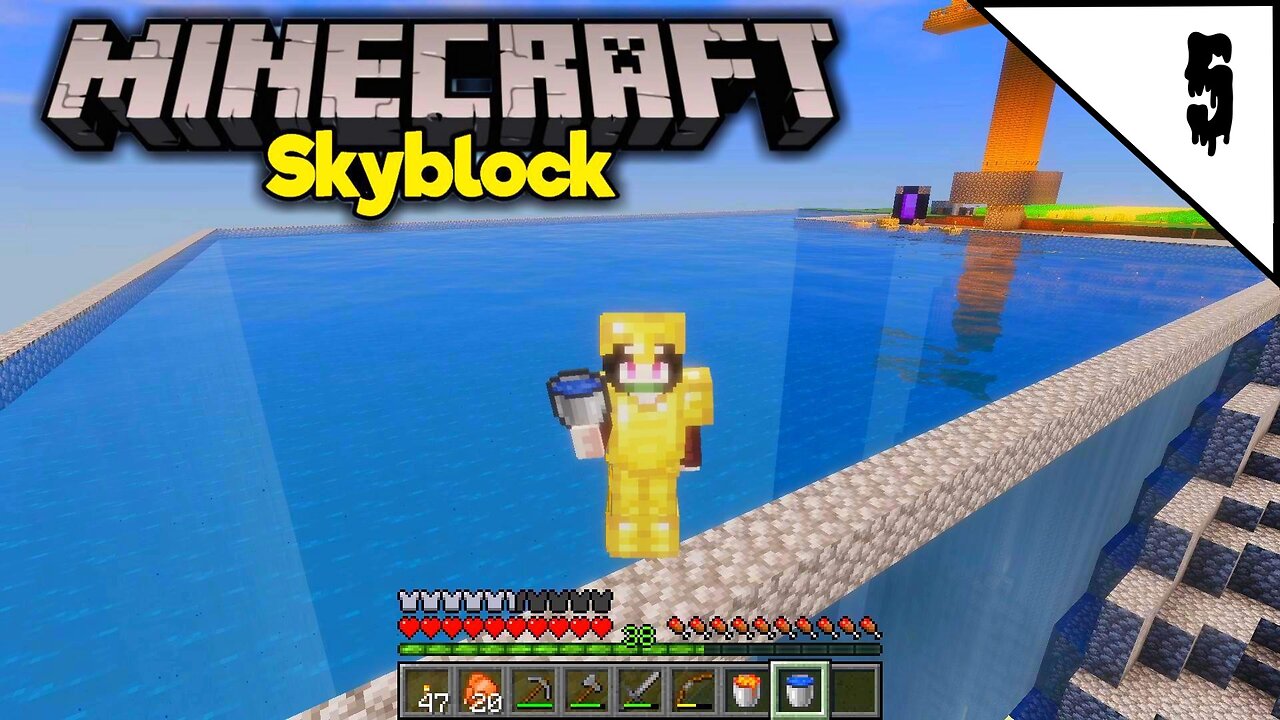
NEZUKO Plays MINECRAFT Skyblock & Reviews Predator Badlands Ep 5
Disney's Predator vs. Previous Versions
The concept of a "Disney's Predator" immediately introduces a significant divergence from all previous iterations of the Predator franchise, primarily due to the fundamental brand identity and target audience of The Walt Disney Company. To understand these differences, one must first examine the core characteristics of the Predator franchise as it existed prior to Disney's acquisition of 20th Century Fox (now 20th Century Studios), and then consider how Disney's corporate ethos and creative directives would inherently reshape such a property.
Core Characteristics of Previous Predator Versions
The original Predator film (1987) and its subsequent sequels, spin-offs, and expanded universe materials (comics, novels, video games) established a distinct set of thematic and stylistic elements. These can be broadly categorized as follows:
1. Tone and Genre
Previous Predator films are firmly rooted in the action, science fiction, and horror genres. They are characterized by:
Intense Violence and Gore: The Predator is a hunter, and its methods are brutal. Previous films feature graphic depictions of dismemberment, evisceration, and other forms of bodily harm. The creature's trophy-taking involves skinning and decapitation. This is a hallmark of the franchise, contributing to its R-rating in the United States (The Encyclopedia of Science Fiction Films).
Mature Themes: The narratives often explore themes of survival, masculinity under duress, the ethics of hunting, and the primal fear of the unknown. They delve into the psychological toll of being hunted and the desperation required to fight back against a technologically superior adversary (The Oxford Handbook of Science Fiction).
Gritty Realism (within a sci-fi context): While fantastical, the films often ground their action in a sense of visceral reality, emphasizing the physical struggle and the harshness of the environments.
2. Characterization of the Predator
The titular alien hunter, known as the Yautja, is consistently portrayed as:
Ruthless and Efficient: The Predator is a highly skilled and technologically advanced hunter, driven by a code of honor that dictates hunting worthy prey. It is not inherently evil in a human sense, but rather adheres to its own species' predatory instincts and rituals (Aliens and Predators: The Complete Guide).
Physically Imposing and Terrifying: Its design, with mandibles, dreadlocks, and advanced camouflage technology, is intended to evoke fear and awe. Its roars and clicks are iconic elements of its menacing presence (The Science Fiction Encyclopedia).
Mysterious and Alien: While some lore has been developed, the Predator largely remains an enigmatic figure, its motivations and culture only partially revealed, maintaining its status as an "other" (The Encyclopedia of Science Fiction).
3. Human Protagonists
The human characters in previous Predator films are typically:
Hardened Professionals: Often soldiers, mercenaries, or skilled individuals accustomed to violence and extreme situations. They are not ordinary people, but rather those capable of fighting back against an extraordinary threat (Action Films: The Complete Resource).
Flawed but Resilient: They face immense challenges and often suffer significant losses, but demonstrate courage and ingenuity in their struggle for survival.
4. Narrative Structure
The typical Predator narrative involves:
A Hunt: The core premise is always a hunt, with the Predator stalking and eliminating its prey one by one.
Escalating Stakes: The human protagonists gradually realize the nature of their adversary, leading to a desperate final confrontation.
Survival Horror Elements: The isolation, the unseen threat, and the dwindling numbers of the protagonists contribute to a sense of dread and suspense.
Inherent Differences with a "Disney's Predator"
Given Disney's established brand identity, a "Disney's Predator" would necessitate fundamental alterations to virtually every aspect of the franchise. Disney's core values typically revolve around:
Family-Friendly Entertainment: A vast majority of Disney's output is designed for broad family appeal, often targeting children and young adults. This implies a significant reduction or elimination of graphic violence, gore, and mature themes (The Disney Encyclopedia).
Heroic Protagonists and Clear Morality: Disney narratives often feature clear heroes and villains, with strong moral lessons and triumphant endings. Ambiguity and morally grey areas are less common.
Optimism and Wonder: Even in darker stories, Disney often injects elements of hope, wonder, and the power of good.
SOCIALS:
YouTube - https://www.youtube.com/@YouTube_is_crap
Rumble - https://rumble.com/user/WhatsNextVids
Odysee - https://odysee.com/@WhatsNext:5
Dailymotion - https://www.dailymotion.com/YouTube_is_crap
SUPPORT:
Cash App - https://cash.app/$YTpayments
-
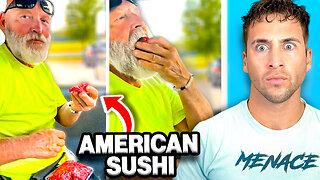 13:46
13:46
Nikko Ortiz
15 hours agoYour Humor Might Be Broken...
21.8K3 -
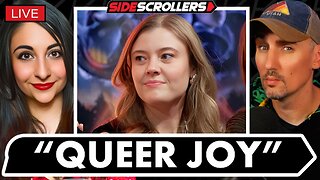 2:20:13
2:20:13
Side Scrollers Podcast
19 hours agoVoice Actor VIRTUE SIGNAL at Award Show + Craig’s HORRIBLE Take + More | Side Scrollers
55.4K19 -
 18:49
18:49
GritsGG
16 hours agoI Was Given a Warzone Sniper Challenge! Here is What Happened!
14.1K1 -
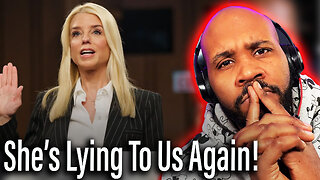 19:02
19:02
The Pascal Show
1 day ago $3.62 earnedNOT SURPRISED! Pam Bondi Is Lying To Us Again About Releasing The Epstein Files
16.2K12 -
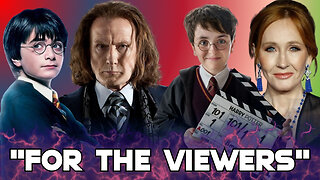 6:05
6:05
Blabbering Collector
19 hours agoRowling On Set, Bill Nighy To Join Cast, HBO Head Comments On Season 2 Of Harry Potter HBO!
16.8K4 -
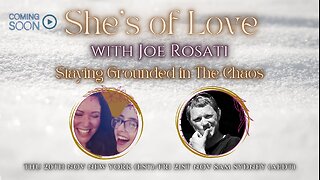 57:44
57:44
TruthStream with Joe and Scott
2 days agoShe's of Love podcast & Joe:A co-Hosted interview, Mother and Daughter (300,000+Facebook page) Travel, Home School, Staying Grounded, Recreating oneself, SolarPunk #514
33.1K1 -
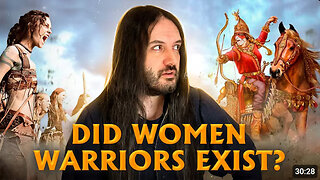 30:49
30:49
MetatronHistory
1 day agoThe Truth about Women Warriors Based on Facts, Evidence and Sources
32.9K15 -
 2:59:08
2:59:08
FreshandFit
14 hours agoA Sugar Baby & A Feminist ALMOST Fight Each Other
265K66 -
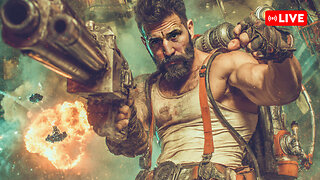 6:24:23
6:24:23
SpartakusLIVE
13 hours agoFriday Night HYPE w/ YOUR King of Content
111K2 -
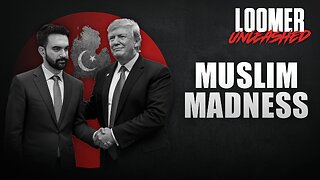 2:27:53
2:27:53
Laura Loomer
10 hours agoBREAKING: MTG Resigns From Congress, Mamdani Meets Trump
76.6K137